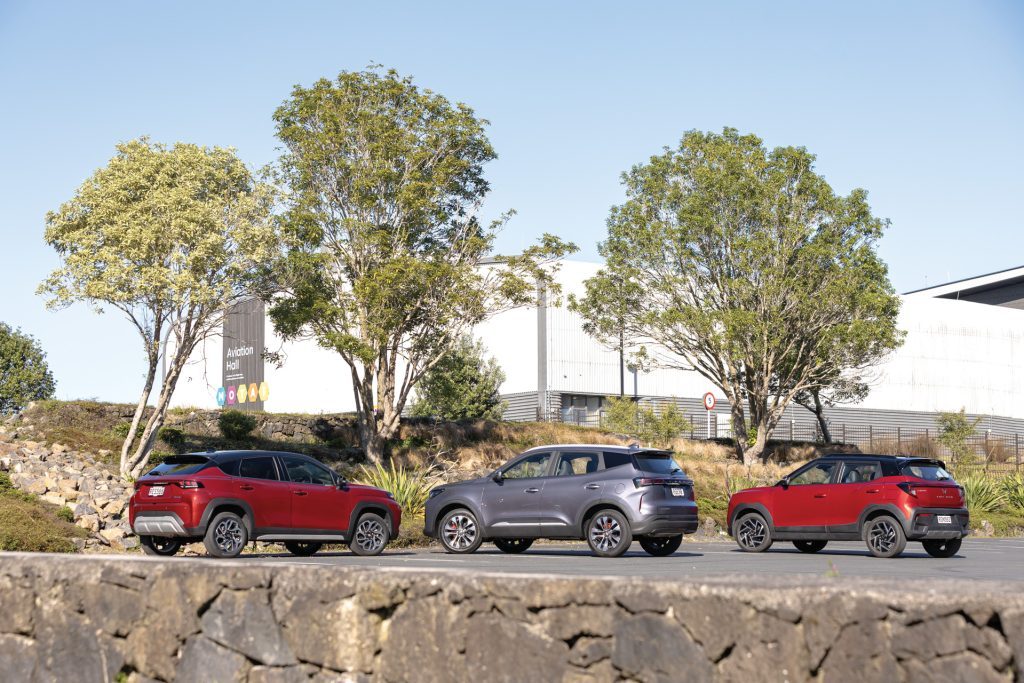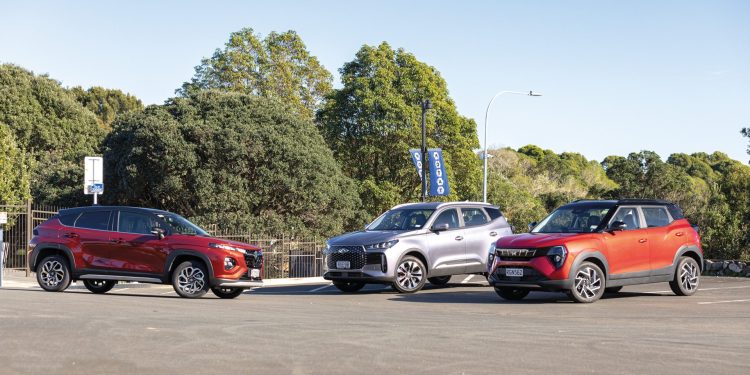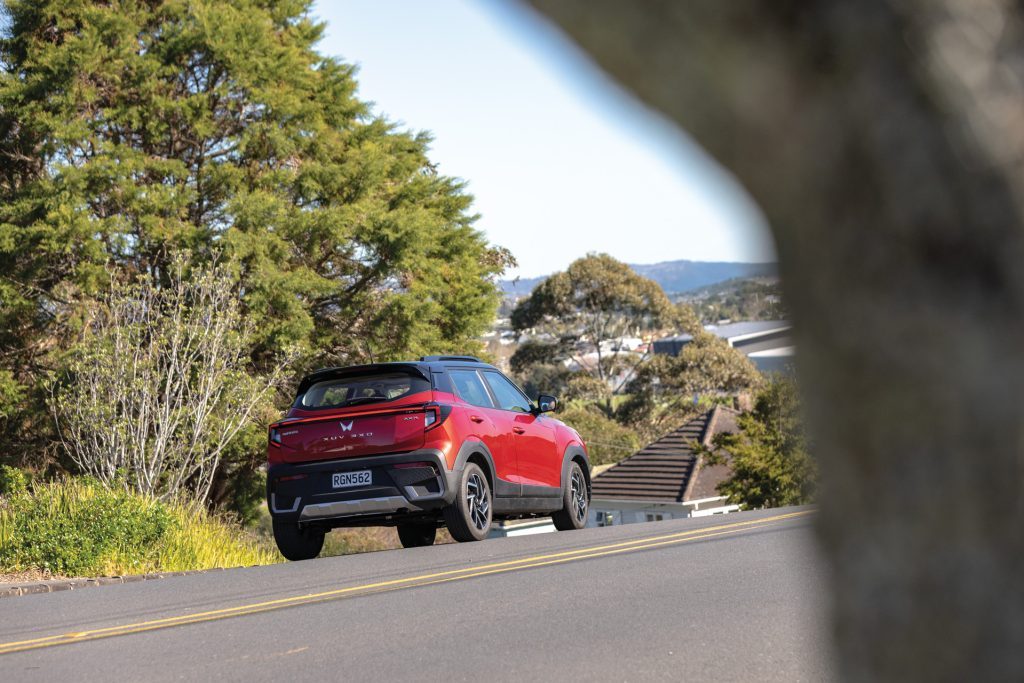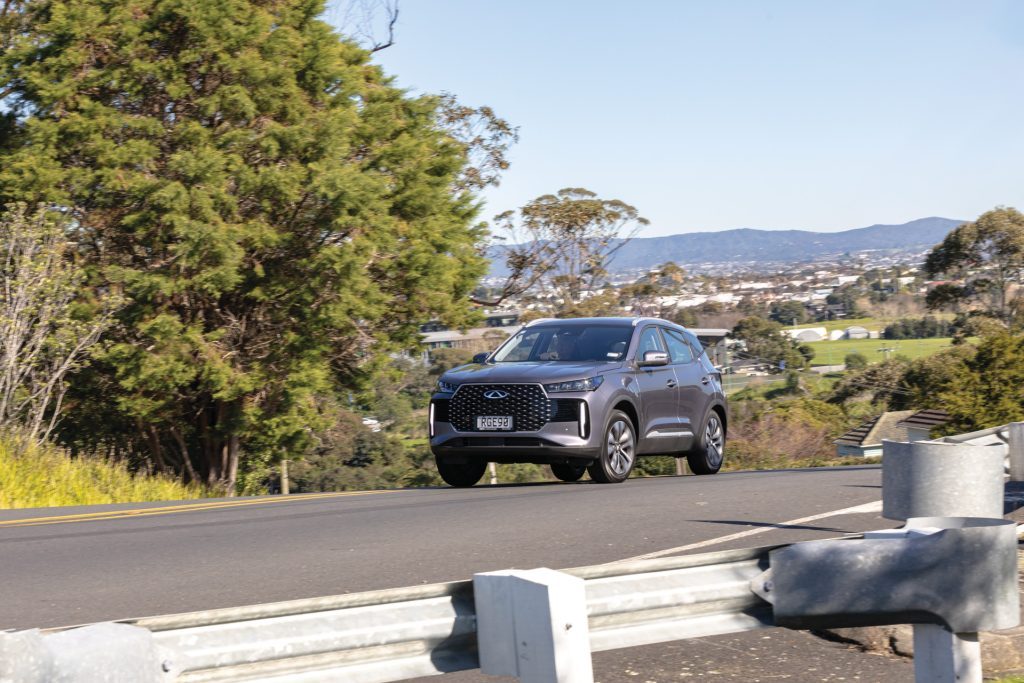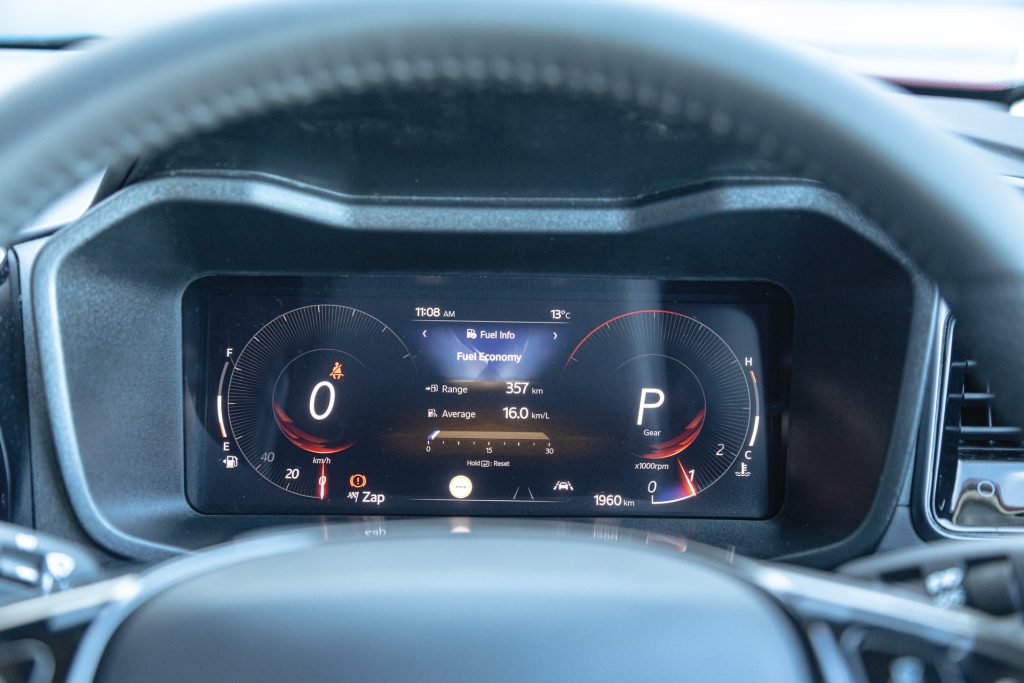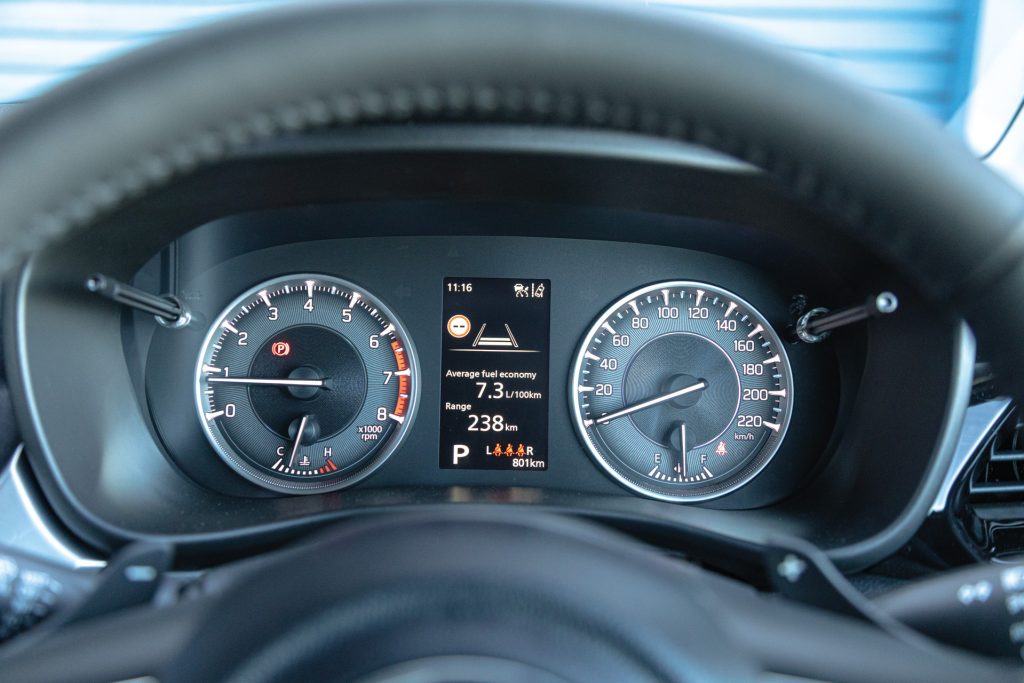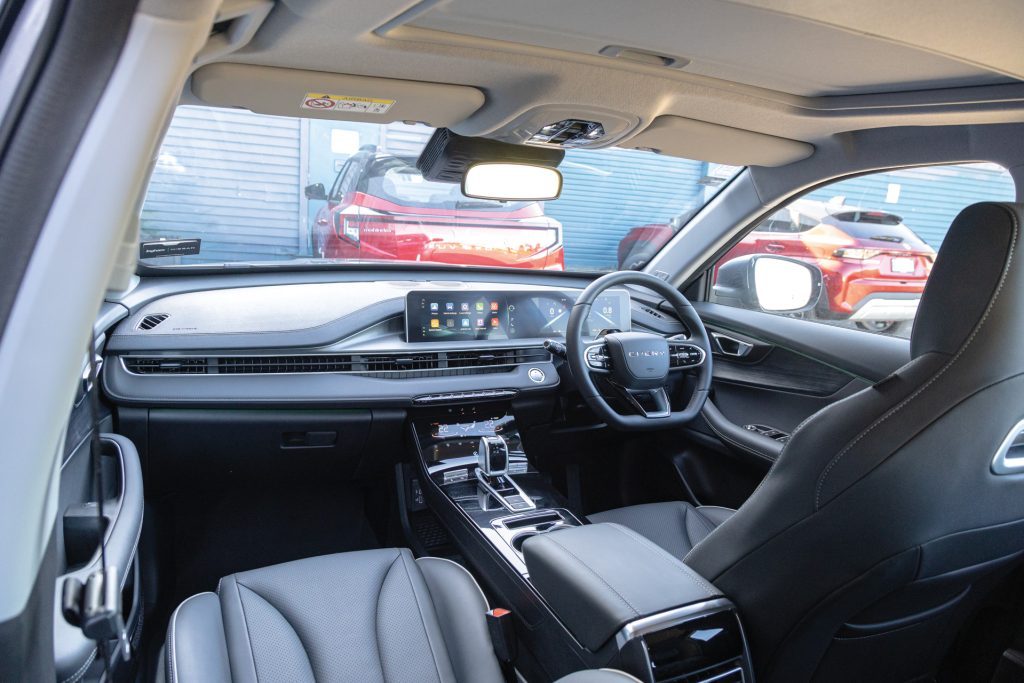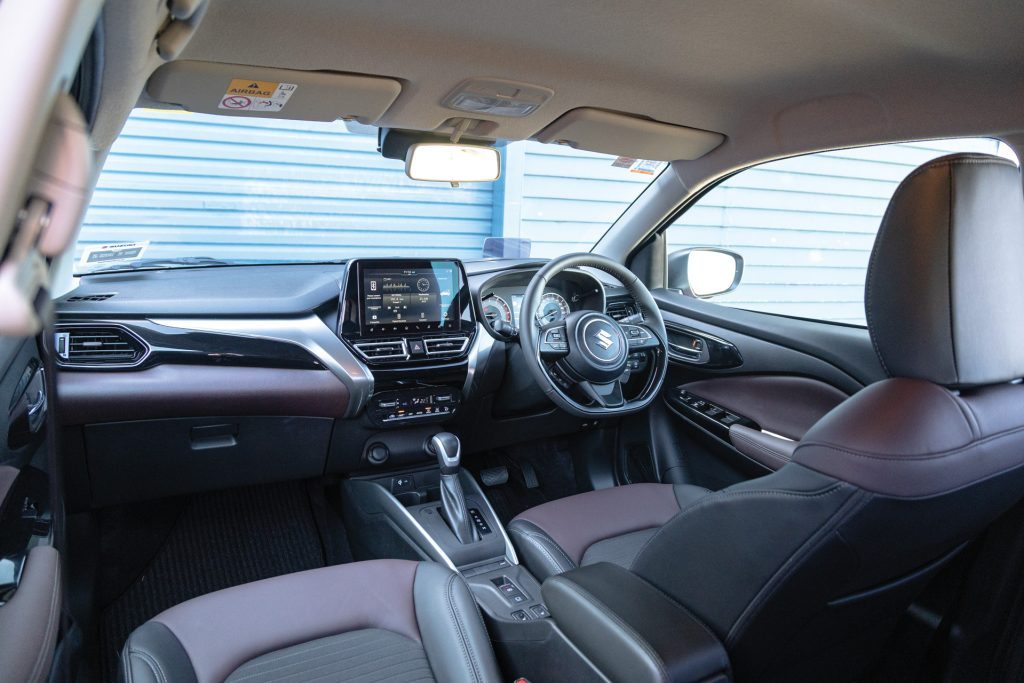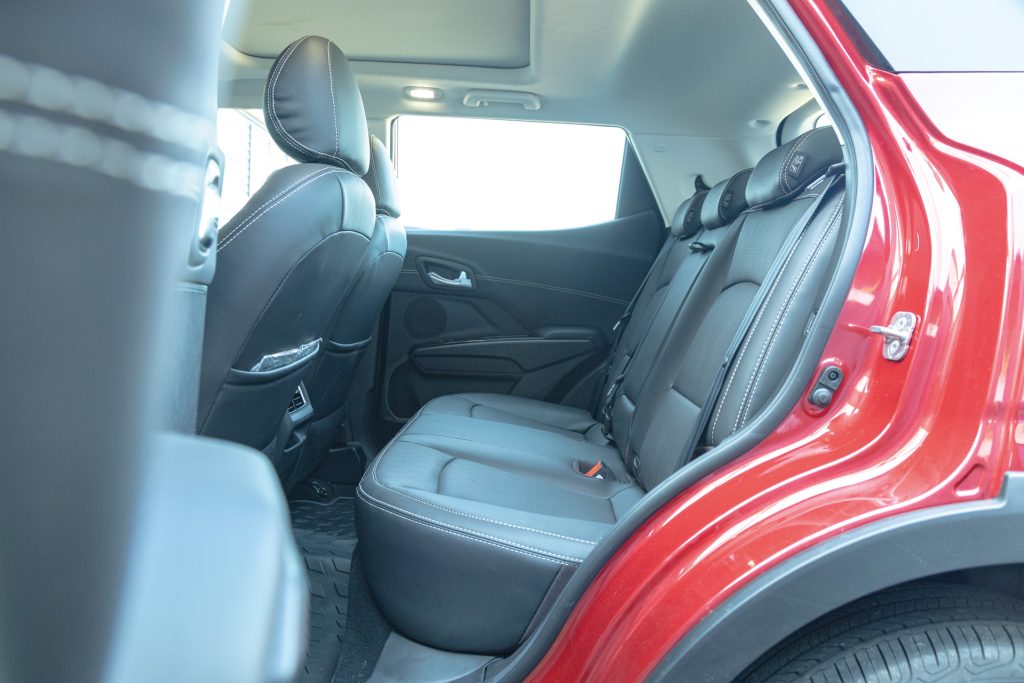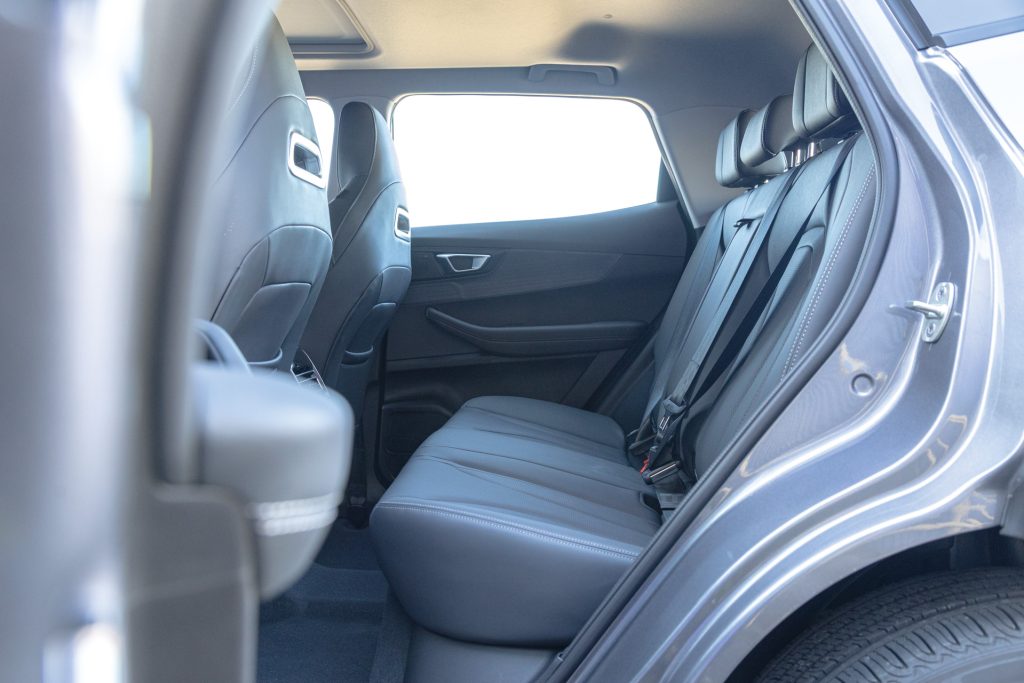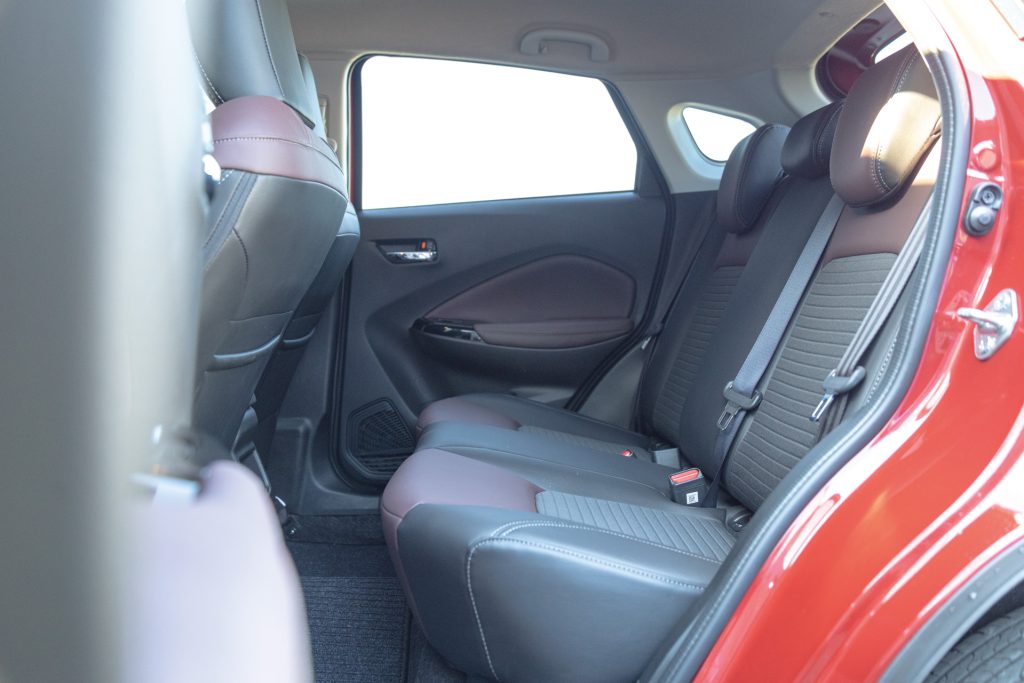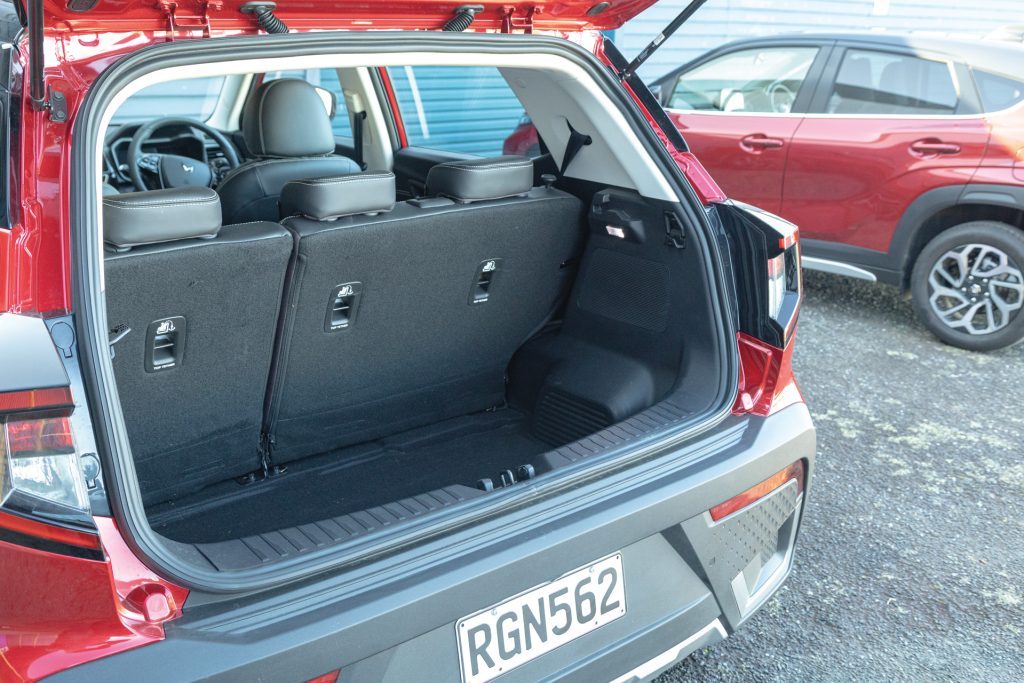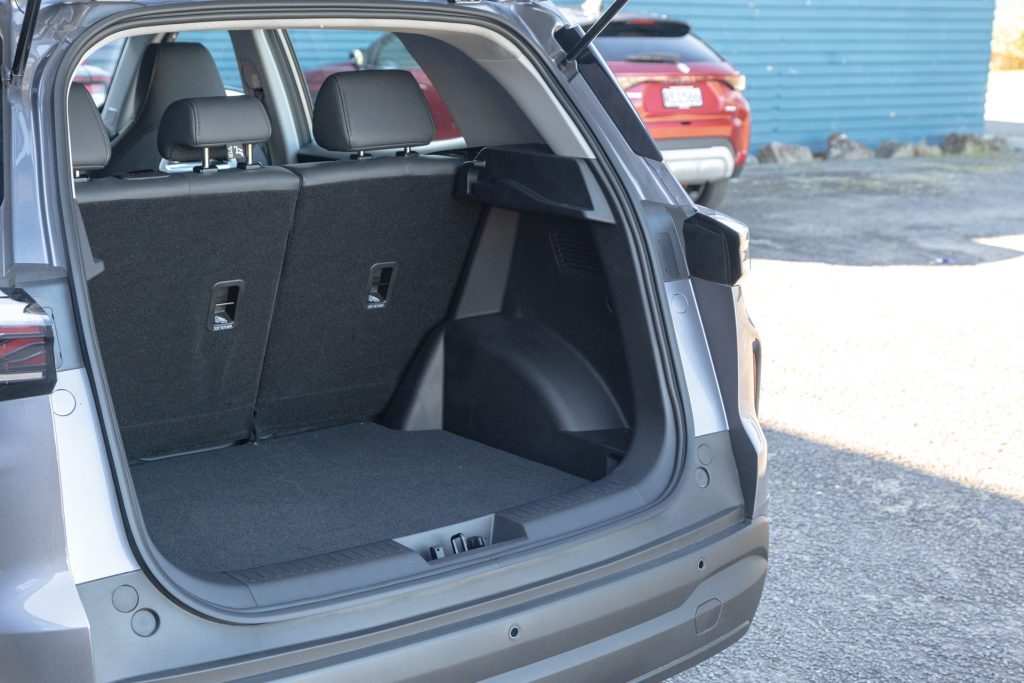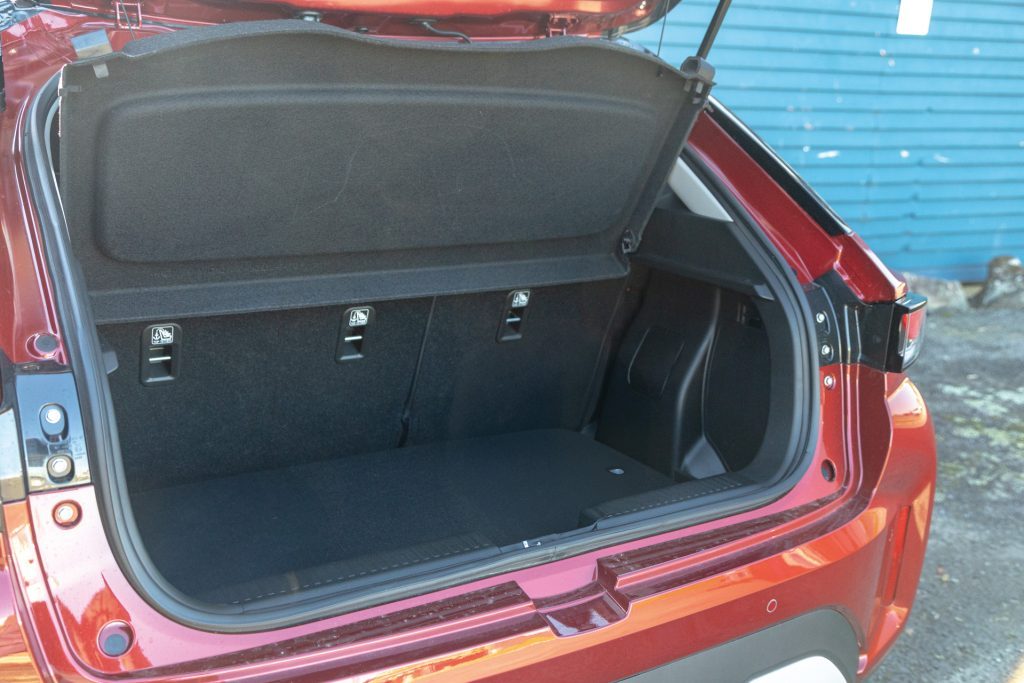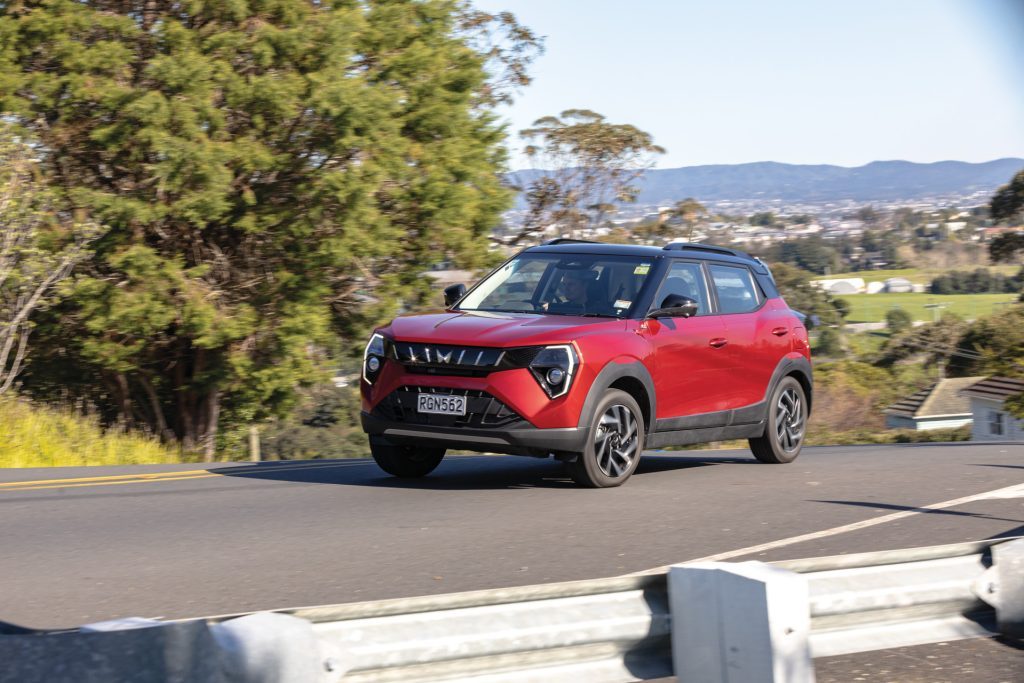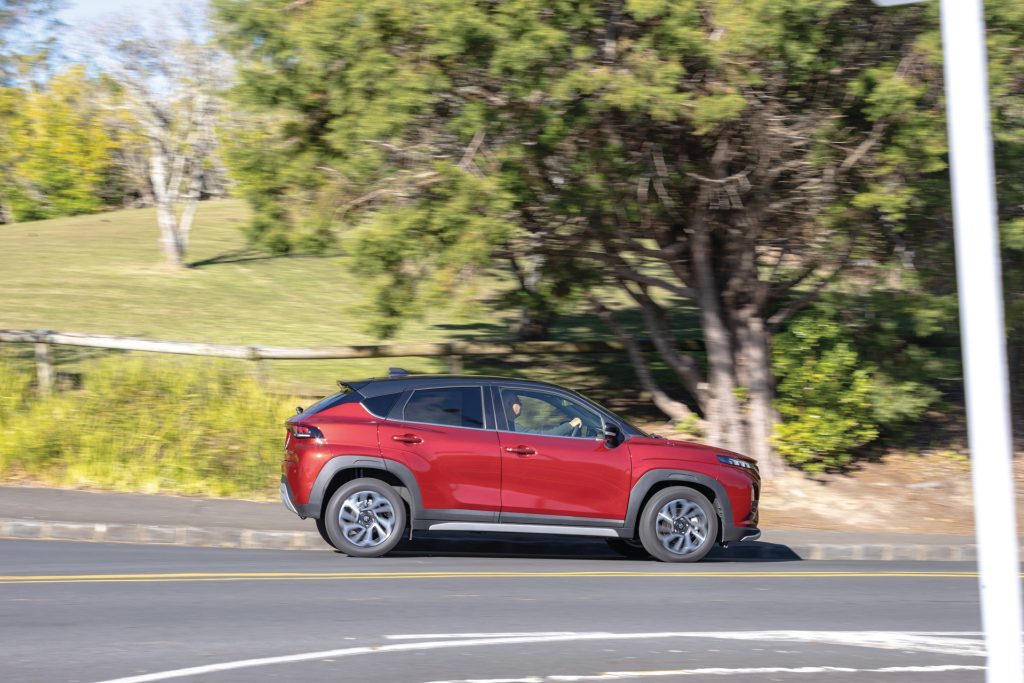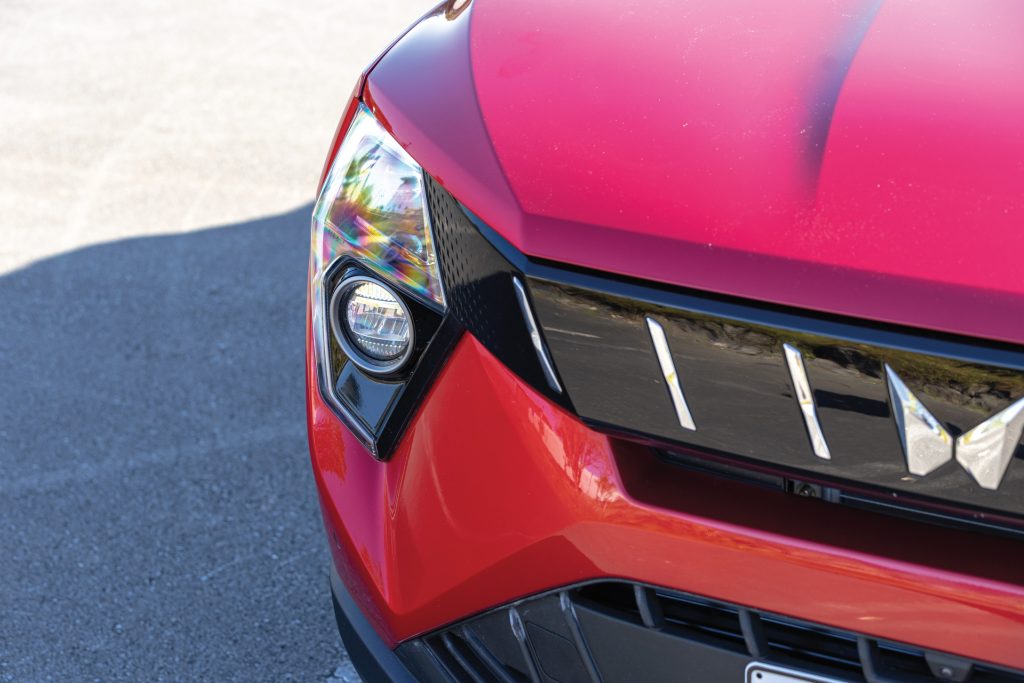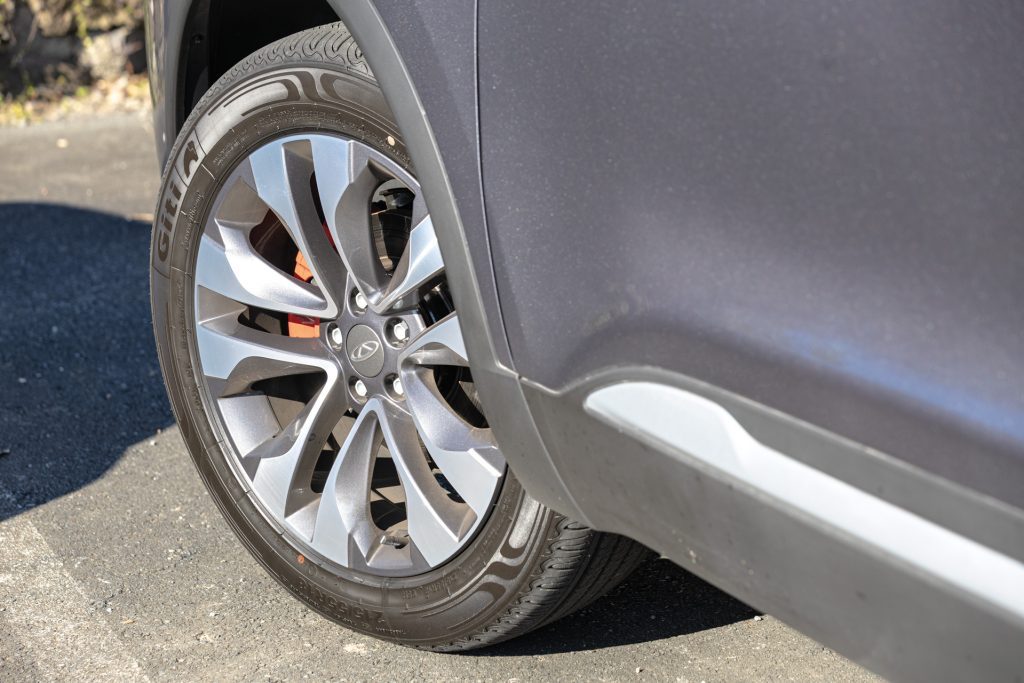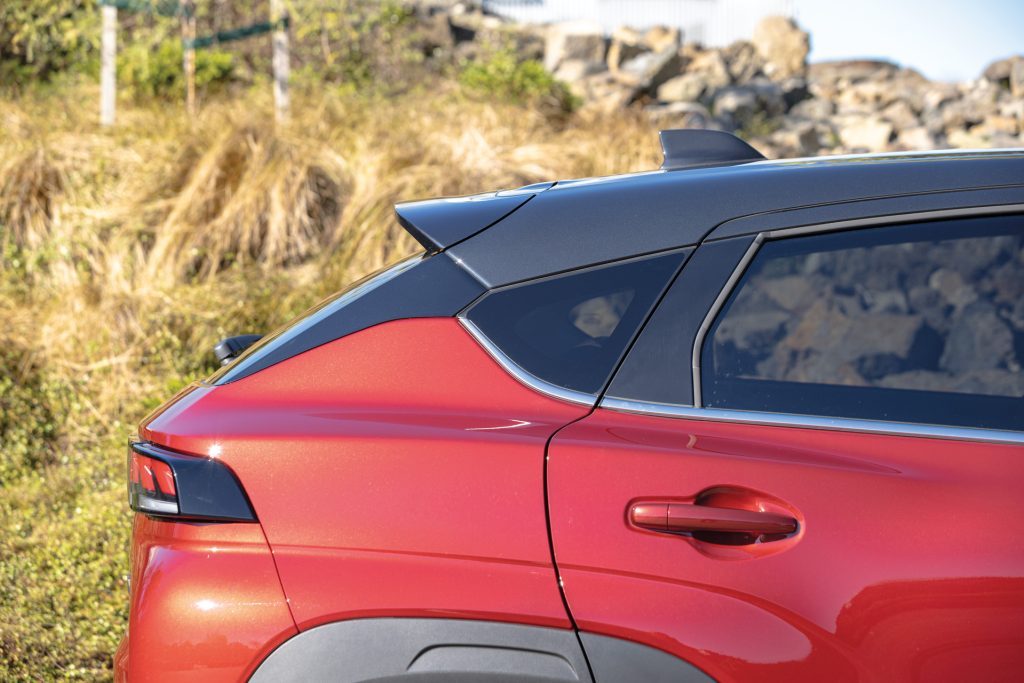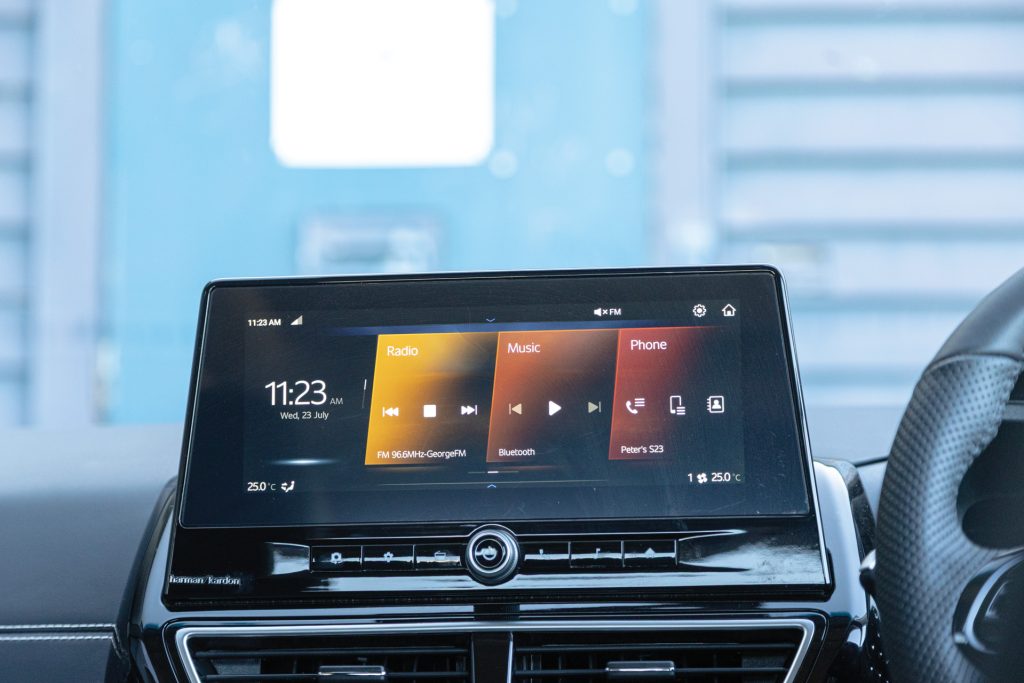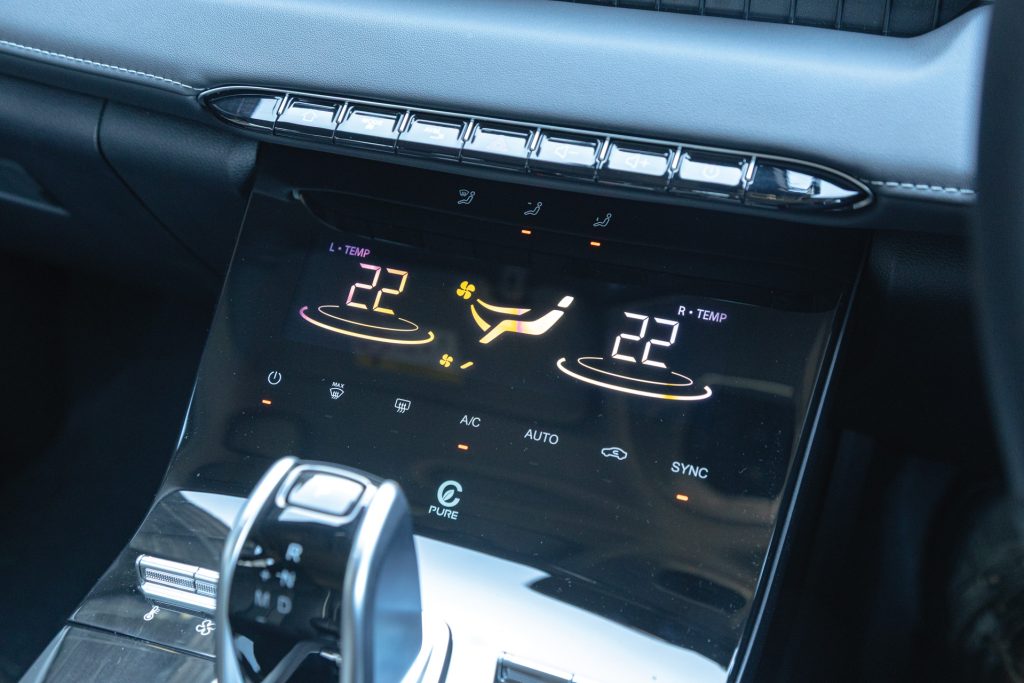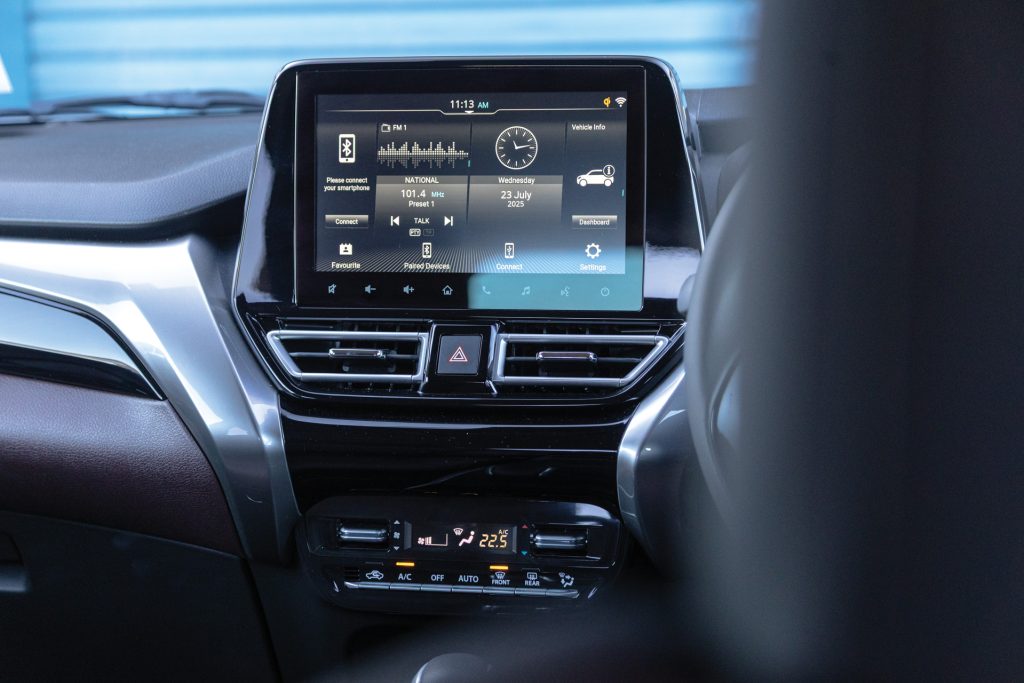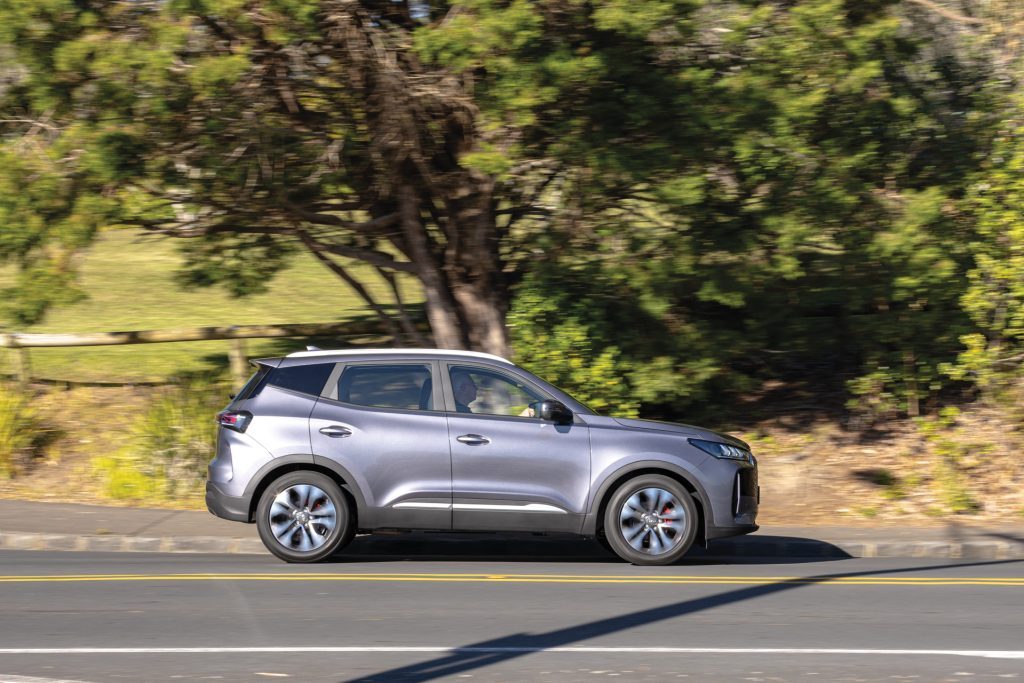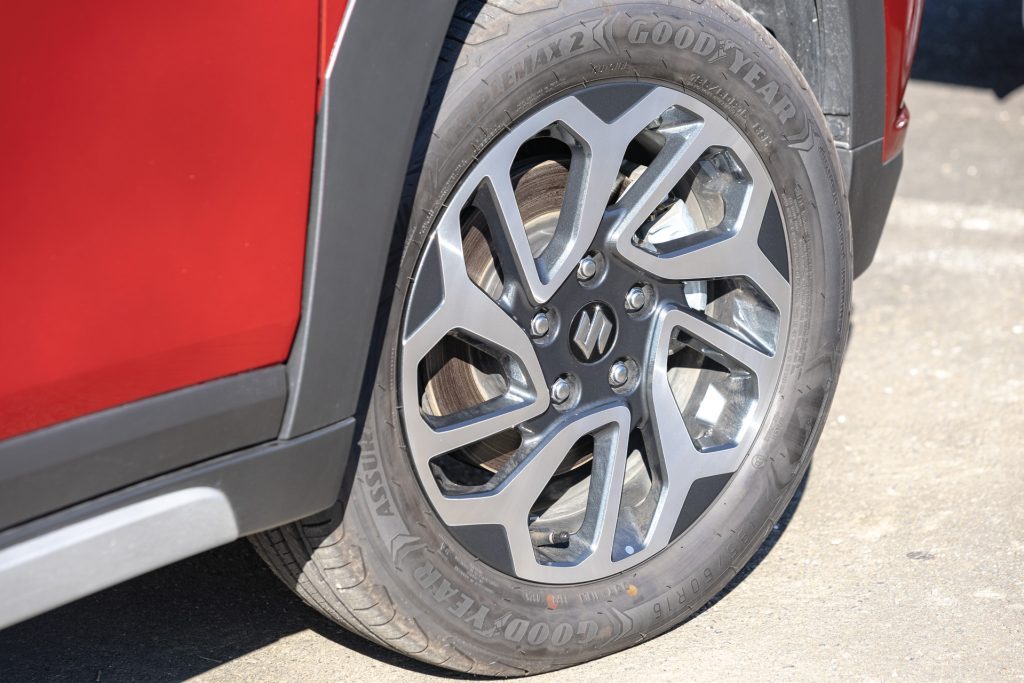2025 Chery Tiggo 4 ultimate vs Mahindra XUV 3XO vs Suzuki Fronx Comparison
Words: Peter Louisson | Photos: Alex Schultz
It had to happen eventually; small SUVs outselling mediums. Here we check out three value-oriented newcomers to the compact SUV set.
While Kiwis continue to wait for the economic upturn promised by the government, the nature of the new car market constantly evolves. Compact SUVs are now hot property, at times overtaking the medium SUV, long the most popular of the light passenger segments.
A decade ago you could buy an entry-level RAV4 for around $35k. Now the range starts at $48,790. While some of the compact SUVs have also rocketed up in price, you can still buy decently specified examples for under $30k.
We’ve assembled three of them here (compact SUVs; only one under $30k), all newcomers to the scene. The most recent is the Suzuki Fronx, available in one well specified variant, with or without a contrasting coloured roof (add $1000). They are $31,990 and $32,990, respectively. It is the lone mild hybrid in this comparison.
Also a new entrant is Chery’s
Tiggo 4, available in base Urban spec at $24,990, or in better specified Ultimate trim, as tested here, for $29,990 plus on roads.
The other new debutante is the XUV 3XO from Mahindra. The AX5 kicks off at $29,990 while the better equipped AX7L adds $3k so at $32,990 this and Fronx ask the most here.
What do you get for your outlay?
The Fronx is all new, while the other two are essentially updates, but new to our market. Tiggo recently received a minor facelift with items like new 17- and 18-inch alloy wheel designs, and LED taillights with a lightbar. As is the way nowadays, even the base model is well specified. Cool items include self-locking and unlocking and a widescreen set-up, the only one here with either. The Ultimate model adds a hidden wireless phone charger (beneath the floating centre console), 360-degree surround view camera, artificial leather seats (with heaters), and colour-selectable ambient lighting.
Fronx is about as well specified overall. It is the only one here to get a head-up display and shift paddles, both unusual at the price point. Both 3XO and Tiggo come with lane change assist cameras, and a powered sunroof, the former as part of a larger panoramic sunroof. Only the Fronx has single-zone air, the others dual-zone. Special features of the 3XO include an HK audio with subwoofer, leatherette seat coverings, a cooled glove compartment and a 65w USB fast charger. But it gets no seat heaters like the others or wheel warmer (Tiggo).
All three come with adaptive cruise control, traffic sign recognition, surround camera system, Qi chargers, reversing cameras, and a host of ADAS features. For the money, it’s hard to pick between Fronx and Tiggo for features but the Tiggo costs less.
Which takes the design award?
Always a subjective thing but if we start with the interior it’s a win to the Tiggo 4 with its widescreen layout. This just looks so much more modern than the other two, cleaner as well. However, for ease of use, Fronx trumps all. In a sea of machines where the touchscreen oversees everything, here it is just an infotainment system and reversing camera. Everything else is done by buttons or knobs. You will want to turn off the annoying lane centring. There’s a button above your right knee that you push and hold for a few seconds and presto, it’s gone. Change drive mode? Press a button. Want seat heater on or off? Ditto. Why there are even buttons to change the height of the HUD readout on its wee polycarb screen. So simple. You forget just how easy things can be. Moreover, it doesn’t bleat at you for overspeed indiscretions.
The Mahindra looks and feels like the oldest design here, and that’s because it is. The revitalised chassis and shortened and restyled body is based on that of Tivoli. Mahindra once owned SsangYong. And its interior feels the least modern of the three, with the steering column adjustable in the vertical plane only.
The Tiggo 4 is clearly the biggest up against the two others that are out of India. Both Fronx and 3XO are a fraction under 4m for good reason; there are tax breaks for small vehicles, promoting fuel economy.
Anyhow, the Tiggo 4 is really quite a bit bigger at 4.35m in length and this is particularly apparent in the rear and in the boot area. The latter holds 380-1225L with five or two seats in play, respectively. Numerically the Fronx offers 308-600L and has a fiddly movable floor with no spare beneath. Mahindra claims 364 to 800L, but to the eye it doesn’t look any bigger than the Fronx space. It isn’t as well finished in this area as the others either. On that, the 3XO wheels were already showing premature wear after only 1700km. To be fair, they’re mainly black so will look filthy the day after you’ve washed them. The dark red and contrasting black roof on both the 3XO and the Fronx looked swell, much more appealing than the uniform grey of the Tiggo 4. Fronx is quite rakish too, coupe-like in its outline. However, that does impinge on headroom. It’s little better in the 3XO because of its Skyroof while the taller Tiggo offers rear seat passengers comfortably the most space both in the horizontal and vertical planes.
How do they go?
People buying this sort of vehicle are more likely to be interested in how little fuel they use rather than how quick they aren’t. You’d expect the two turbo vehicles to be a bit faster but no because they’re heavier. The smaller turbo engine of the 3XO, a 1.2 triple, isn’t quite as forthcoming as the Fronx mill which seems to have a zippier six-speed auto as well. And the XUV is reluctant to kick down too. The Tiggo 4 is the only one to run a CVT, and it’s not bad, especially in town. They’re all okay away from the lights, the Fronx with its ISG giving it a bit more zip in its step. Mention of, the Mahindra has three drive modes, Zip, Zap and Zoom. They all sound quick but Zip (Eco) is luke warm in its delivery. Zap is what you really want, Zoom offering little more oomph. But it’s no powerhouse this, as 3XO as heavy as bigger Tiggo 4. And the engine doesn’t like to rev much, which is reflected in the performance figures.
By contrast, Tiggo 4 has two modes, Eco and Sport, which it announces each time you change from one to the other (‘It has entered sport mode’). So pointless. Moreover, its opening ditty goes on for what seems an absurdly long time. Just nix that and turn the radio on instead. Anyhow, it goes rather well in both modes so we left it in Eco (which isn’t very).
While you’re mussing with the central screen, the hired help will be fretting about distraction which you can’t neuter without taping over the camera. Turn off all lane keeping references while you’re there because they enjoy a good playfight. At least the traffic sign recognition doesn’t bleat annoyingly.
Fronx is so much better in this regard, quieter, much simpler to cull annoying features. The Mahindra drive assistance bits and bobs are in the trip computer area. That makes them even harder to cancel than those in a touchscreen.
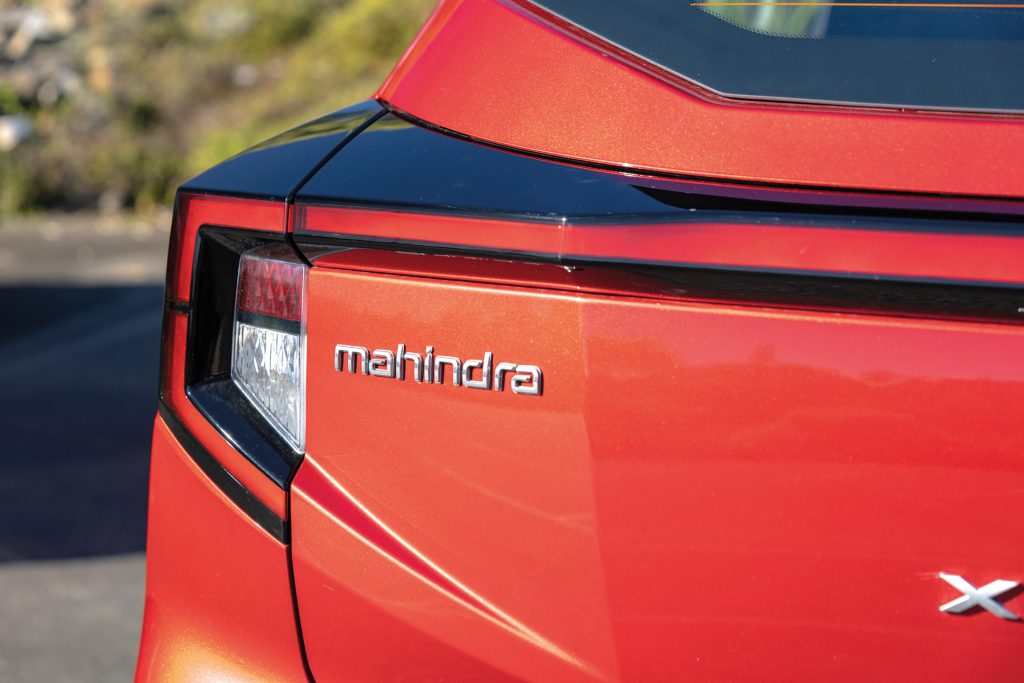
Fuel sippers?
Guess which has the best fuel efficiency? Fronx, of course, the only hybrid here and comfortably the lightest (1065kg vs just over 1400kg for the other two). It was easily the best of the bunch, managing low sixes overall (claim 5.4). Once out on the motorway after a rezip, it was the only one we could get into the fours. Low fours at times too, which is good for a somewhat elevated vehicle. Its light weight helps.
We didn’t have so much luck with the other two. The Mahindra should do better. The one we drove didn’t want to engage sixth at 100km/h. So we tended to see figures of around 6.5L/100km on the open road (rightcar suggests 7.2 overall).
We talked with Mahindra about why it wouldn’t select sixth at open road speeds and they were perplexed. It wasn’t an issue with their testers evidently. Yet on our first drive of the 3XO I distinctly recall thinking 2400rpm is short gearing for top at 100, until I checked manually and it was still in fifth. Anyhow, to their credit, they checked and confirmed the issue. Turns out the ECU setting for Indian temperatures doesn’t work so well here. After consulting with head office, they’re undertaking an ECU update. We’d imagine with top gear engaged figures of around 6.0L/100km on the open road might well be possible.
The Tiggo 4 with the bigger turbopetrol recorded low eights (rightcar 9.0 overall) and we only saw figures in the high sevens briefly. But then it is the biggest and most potent of the bunch. By a small margin it was quickest to 100 (9.7sec) and for the overtake (7.1sec) with Fronx next (11.0, 7.8) and 3XO not too far behind (11 and 8.8). Things changed for braking performance, the Mahindra with the best pedal feel and distances (37m, 40 for Tiggo and 42 Fronx).
Dynamics and comfort
We’d choose the Fronx here for its relatively thoughtful balance of both ride and handling, and it also has a nice tight turning circle. Weighting is somewhat digital, as it is in the Tiggo 4. The 3XO gets the balance pretty much right too, and is the best steer, though both handle better than they ride. That’s where the Tiggo is more forgiving. It doesn’t have quite the fun factor of the other two in corners, nor the body control but it is easygoing on rough roads, where the others jiggle more.
Where the Tiggo also falls behind the others is the feel at the helm; there’s nothing much going on there and it’s too light as well. But then getting the ride right we’d say is more important in an SUV where handling can take something of a back seat.
On the safety front only one of these has an ANCAP rating and that’s the Tiggo 4, which achieved five-star status.
All three have really annoying indicator noises, the Suzuki’s the least. The other two drove me spare.
So which is the go?
Depends on what you’re after really. If passenger and luggage space are priorities, or price, the clear winner is Tiggo 4. We liked its dash design too but obfuscating safety items might turn some off. Fuel use was the heaviest of the three too but Chery promises a hybrid soon.
For ease of use and fuel efficiency, the Fronx is the best choice here which will make it popular amongst retirees we imagine, given they don’t need as much space as small families might. And it is already proving popular, the second best selling light passenger vehicle in July. If I had to pick one of these three it would be the Suzuki because it fares pretty well in most areas. And isn’t that what you want in an SUV? That it’s the lightest by far, and the most playful helps, as does its ease of use, rare these days.
And that leaves the Mahindra. A pity about its fuel use because after an ECU reset it should be better. Only it feels a bit older here, which is because it really is. And it isn’t finished quite as well as the others. But it is rated to tow, unlike Tiggo 4. So is Fronx with figures of 600kg unbraked, and 1500kg braked. The figure for the 3XO is 750kg unbraked and it managed that handily during our initial drive.
Both the Mahindra and Tiggo 4
have seven years of warranty and road side assistance, unlimited km for the Tiggo, 150,000km for the Mahindra. Fronx warranty is five years/200,000km and with five years of roadside assistance.
Chery Tiggo 4 Ultimate
$29,990 / 7.4L/100km / 168g/km
0-100 km/h 9.74s
80-120 km/h 7.13s (202m)
100-0 km/h 40.36m
Speedo error 97 at an indicated 100km/h
Ambient cabin noise 72.8dB@100km/h
Engine 1498cc / IL4 / T / EFI
Max power 108kW@5500rpm
Max torque 210Nm@1750-4000rpm
Drivetrain CVT / FWD
Front suspension Mac strut / sway bar
Rear suspension Torsion beam
Turning circle 10.6m (2.7 turns)
Front brakes Ventilated discs
Rear brakes Discs
Stability systems ABS, ESP
Safety AEB, ACC, BSM, LDW, RCTA, ALK
Tyre size f/r-215/60R17
Wheelbase 2610mm
L/W/H 4307 / 1825 / 1660mm
Track f/r-1550mm
Fuel capacity 51L
Luggage capacity 380-1225L
Tow rating Not rated to tow
Service intervals 12months / 15,000km
Warranty 7yrs / unlimited km
ANCAP rating ★★★★★ (2024)
Weight (claimed) 1404kg
Mahindra XUV 3XO AX7L
$32,990 / 6.5L/100km / 150g/km
0-100 km/h 11.0s
80-120 km/h 8.8s (263m)
100-0 km/h 37.06m
Speedo error 97 at an indicated 100km/h
Ambient cabin noise 70.4dB@100km/h
Engine 1197cc / IL3 / T / EFI
Max power 82kW@5000rpm
Max torque 200Nm@1500-3500rpm
Drivetrain 6-speed auto / FWD
Front suspension Mac strut / sway bar
Rear suspension Torsion beam / sway bar
Turning circle 10.6m (2.6 turns)
Front brakes Ventilated discs
Rear brakes Discs
Stability systems ABS, ESP
Safety AEB, ACC, BSM, LDW, ALK
Tyre size f/r-215/55R17
Wheelbase 2600mm
L/W/H 3990 / 1821 / 1647mm
Fuel capacity 42L
Luggage capacity 364-800L
Tow rating 750kg
Service intervals 12 months / 15,000km
Warranty 7yrs / 150,000km
ANCAP rating Not rated
Weight (claimed) 1410kg
Suzuki Fronx
$32,990 / 5.4L/100km / 125g/km
0-100 km/h 11.06s
80-120 km/h 7.9s (245m)
100-0 km/h 42.4m
Speedo error 97 at an indicated 100km/h
Ambient cabin noise 72.3dB@100km/h
Engine 1462cc / IL4 / EFI
Max power 76kW@6000rpm
Max torque 137Nm@4400rpm
Drivetrain 6-speed auto / FWD
Front suspension Mac strut / sway bar
Rear suspension Torsion beam / sway bar
Turning circle 9.6m (3.25 turns)
Front brakes Ventilated discs
Rear brakes Discs
Stability systems ABS, ESP
Safety AEB, ACC, BSM, LDW, RCTA, ALK, AHB
Tyre size f/r-195/60R16
Wheelbase 2520mm
L/W/H 3995 / 1765 / 1550mm
Track f-1520mm r-1530mm
Fuel capacity 37L
Luggage capacity 304-605L
Tow rating 750kg (1500kg braked)
Service intervals 12 months / 15,000km
Warranty 5yrs / 200,000km
ANCAP rating Not rated
Weight (claimed) 1065kg
